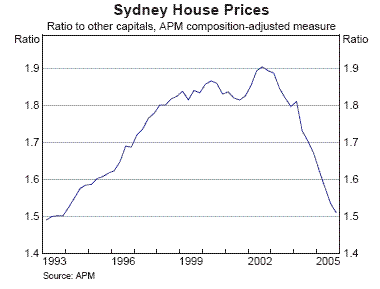
Something I’ve been concerned about for a while is the nasty toxic chemicals in lots of ordinary household electrical products that wind up in landfill. Pretty much anything with a rechargeable battery has these nasties and apparently 70% of the toxic heavy metals in landfill comes from electronic products.
There is very little being done about this problem in Australia as far as I’m aware, with responses limited to a few voluntary industry schemes. The mobile phone industry has a scheme where anyone can take old mobile phone batteries to any mobile phone retailer for recycling and apparently Sony recycles any household batteries if you take them in to their stores or offices).
Europe has always been the leader in this area with requirements that manufacturers take responsibility for dealing with the products they’ve produced when they’ve reached the end of their useful lives.
Now it seems California may leapfrog ahead of the game:
California would require manufacturers to phase out the use of hazardous materials in making cell phones, iPods and other electronic devices under a bill introduced by a state lawmaker.What’s the best way to deal with this issue? The European option has always seemed very sensible to me: make manufacturers responsible for taking back and dealing with what they produce. That way they can choose how best to deal with heavy metals – either not use these materials in the first place or use them and then re-use or recycle them at the end.
The bill unveiled Thursday by Assembly Member Lori Saldana, a Democrat from San Diego, would apply to any electronic or battery-operated device. The bill, which was introduced Wednesday, would require manufacturers to stop using the substances in devices sold in California by 2008.
"We know that the manufacturers of these products are able to produce them without including harmful toxic materials," Saldana said in a written statement. "California deserves to be included among the markets that receive this cleaner stream of consumer electronics."
California already requires manufacturers of video displays in devices to phase out the use of toxic materials.
However, if consumers will inevitably dispose of these in household garbage anyway and if, as Saldana claims, manufacturers can make these products without harmful materials (at little extra cost?), then it makes more sense to simply ban these materials altogether.
It will be interesting to see if these laws pass and – if so – whether the so-called ‘California effect’ means that other countries get non-toxic iPods too. California is sufficiently wealthy and populous that consumer product companies cannot afford to ignore the market entirely so its regulations affect regulations elsewhere. So, if Apple wants to sell its iPods in California, it must decide whether to make two products – one for sale in California and one for the rest of the world – or to make all iPods comply with the new California law.






